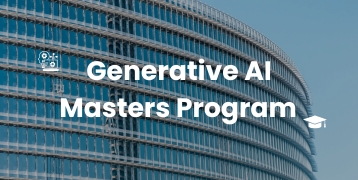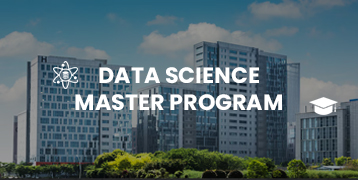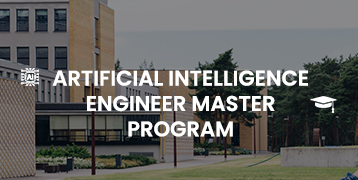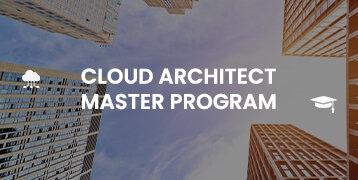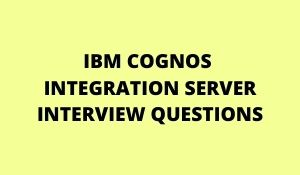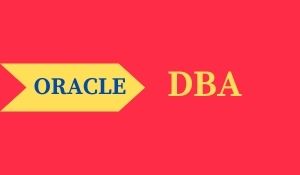
How to Create TableSpaces – Oracle DBA
The Oracle database is a relational database management system(RDBMS) that is managed by the Oracle Corporation. The system works based on a relational database framework where the clients can access the data objects or the application front end through the structured query language (SQL). The architecture is fully scalable and the software is used by global organizations. The database finds use in managing and processing data across the local and wide area networks. A network component is offered by the Oracle database itself to enable communications. It is said to be known as Oracle or Oracle RDBMS.
What are Relational databases and a Database Management System?
An enterprise might required to store information and meet certain needs. For example, human resources records for the employees is kept by every enterprise. Data storage and processing are performed by the Data system. This Data system could be a physical database. However, enterprises try to automate their data systems. These databases are treated as enterprise collections of data and each of them is treated as a single unit. A database serves the purpose of collecting, storing, and retrieving data required by the data systems.
The database management system is responsible for controlling the enterprise, storage, and retrieval of information. There are some sort of elements in DBMS:
Kernel Code – The kernel code manages the storage and memory of the DBMS
Metadata Repository – This Repository is also known as Data Dictionary
Query Language – These apps are enabled to access information through this language.
What is an RDBMS?
The relational model stands as the basis of the relational database management system. The RDBMS moves the data into a database, stores, and retrieves the information so that proper manipulation can be done by the apps. RDBMS can distinguish between two types of operations:
Logical Operations: This app specifies the contents needed, like an employee name or record.
Physical Operations: The RDBMS determines how the operations are to be performed.
The front-end application would query the table and the database would use the index to find the requested rows. The data would then be read into memory and other steps would be performed before a result is returned to the client. The RDBMS stores and retrieves information and physical operations are transparent to the database apps.
| Learn more information from GoLogica “ORACLE DBA 11g/12c TRAINING“ |
TableSpaces, Datafiles and Control Files
The data is stored logically in the tablespaces and the datafiles, physically. The thing is that the databases, data files, and tablespaces are closely intertwined. However, their variations are important:
The Oracle database is compromised by a single or more than one logical unit of storage which is known as tablespaces. They collectively store the data of the database. Each of these tablespaces in the Oracle database would contain one or multiple files and these are known as the datafiles. These are physical structures that conform to the operating system where Oracle is running.
The data in the database would be kept in datafiles and they constitute each of the tablespaces in Oracle. For example, the simplest database in Oracle could contain one data file and one tablespace. There might be another with four tablespaces, each having three data files, with a total of twelve.
What is a TableSpace in Oracle?
Oracle does not need you or the database administrator to consider the operating system files that comprise the Oracle database. Operators can be specified in terms of database objects rather than filenames. The standard file system is used by Oracle to create and delete files and the database structures include tablespaces, control files, and redo log files.
| Learn more information from the GoLogica “Oracle Apps DBA Training“ |
The database is partitioned into a few logical units of storage known as tablespaces. These tablespaces are divided into logical units of storage and are known as segments. These segments are further divided into extents. These extents are collections of contiguous blocks. There are a few things about tablespaces that assist build the concepts. The size of the tablespace denotes the size of the data files that make up the tablespace. This means a database can be enlarged in three ways – a new datafile could be added to the tablespace, an entirely new tablespace could be added or the capacity of an existing datafile could be increased.
When a new data file is added to an old tablespace, the space that had been enabled to the corresponding tablespace is increased. Another way to increase the size of the database is to create another tablespace that has additional data files. The last option for enlarging the database by changing the capacity of these data files in the tablespaces makes them grow dynamically when more space becomes required. This can be achieved by altering the existing data files or through the addition of files having dynamic extension capabilities.
Conclusion:
The Oracle DBA is related to the social database administration framework. The part of the Database Administrator is critical to dealing with the colossal volumes of information in vast ventures. Henceforth Oracle DBA 11g/12c experts are in immense demand.
GoLogica Provides an Oracle DBA Online Training Course that allows you inside and out comprehension of the Oracle Database Administration. You will find out about the Oracle DBA Architecture, different ideas, database structures, memory and process engineering, security, composition objects, information reinforcement, and recuperation.
Related Courses
| Course Name | Enroll Now |
|---|---|
| ORACLE APPLICATION FRAMEWORK TRAINING | Enroll Now |
| Oracle Apps DBA Training | Enroll Now |
| ORACLE APPS FINANCE FUNCTIONAL TRAINING | Enroll Now |
| ORACLE APPS TECHNICAL TRAINING | Enroll Now |
| Oracle Apex Training Course | Enroll Now |



